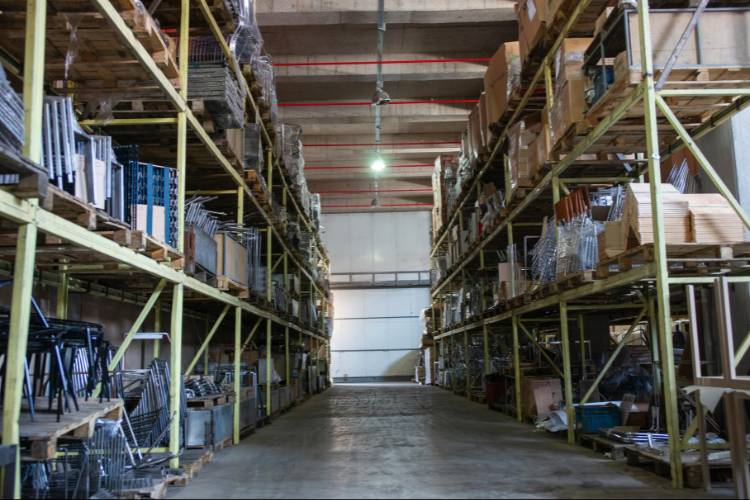To put your construction business in a position to scale, you must not only be familiar with the concept of working capital, you must be able to calculate and understand the strength of your working capital position.
Not sure how working capital factors into your business as a subcontractor? We’ll explore the ins and outs of it here.
Table of Contents
What Is Working Capital and Why Does It Matter?
Working capital is the difference between your current assets (e.g., cash, accounts receivable, bank lines of credit, credit cards, or any other asset that’s expected to be converted to cash within the current year) and your current liabilities (e.g., accounts payable, current liabilities, accrued labor expenses, current material costs, or any current liabilities that are coming due). This difference is essentially what you have available to run your business in the short term.
Working capital is not the same as cash flow. Cash flow is specific to the amount of cash your business generates, while working capital is a broader look at your overall financial standing and whether or not you’re able to pay your current bills. Working capital includes assets that could easily be converted to cash, including inventory or raw materials.
Understanding your complete financial picture is critical to keeping your business running — and growing. If you don’t have enough working capital, you may not be able to take on larger projects, because you won’t be able to make the necessary investments in labor, materials, or equipment in order to confidently perform your work. In addition, banks and other lenders may use your working capital as a metric to determine your suitability to receive loans or bank lines of credit.
On the other hand, excess working capital isn’t necessarily a good thing. Too much cash or inventory could, for example, signify that you are failing to take opportunities (like bidding on additional projects) that could result in a larger return on equity or investment.
Ultimately, with an appropriate amount of working capital, you have the ability to not only keep your business running, but also to scale it by taking on more and bigger projects.
Do You Understand Your Working Capital Position?
Having an understanding of your working capital position is critical to growing your business. If you’re not aware of your financials, including your cash flow statements and profit/loss
statements, you might unknowingly be in a negative working capital position. This is when your current liabilities amount to more than your current assets. With a negative working capital position, you have no runway to implement growth initiatives or take on new projects. As a result, you may feel like you’re constantly pushing to move your business forward but not actually making any movement — or worse, forced to go backward.
How to Determine the Strength of Your Working Capital
There are two calculations that can help you formulate a complete picture of the strength of your working capital.
Your current working capital is the difference between your current assets and current liabilities.
Working Capital = Current Assets – Current Liabilities
However, this only provides a snapshot of your current position. To deepen your understanding of your position, you must look at the turnover rate of your working capital. This measures how efficiently you are using your working capital to support your business and growth. You can calculate this by dividing your annual revenue by your average working capital.
Working Capital Turnover = Annual Revenue ➗ Average Working Capital
A high turnover ratio generally indicates that you are efficiently using working capital to support sales and growth. Too low of a ratio could indicate an insufficient or ineffective amount of working capital.
As you calculate and evaluate your working capital, it’s crucial to be honest with yourself. There are ways to improve your working capital, but you must be willing to acknowledge your current situation, even if it’s weaker than you thought.
Sources of Working Capital
If you want to increase your working capital — and improve your working capital position — you can use the following methods:
- Open a bank line of credit: Opening a bank line of credit will give you access to cash when you need it, and you only have to pay interest on the drawn amount.
- Open a business credit card: While credit cards generally come with a lower spending limit than a bank line of credit, they can offer access to funds anytime you need them.
- Take advantage of Material Financing: With this type of financing, you can pay material suppliers upfront, and then enjoy flexible payment terms — often up to 120 days— to pay back the lender. This can free up cash to do business on your terms, allowing you to take on more, or larger projects.
- Use a Pay App Advance: A Pay App Advance essentially provides you with a cash advance for an approved, but unpaid invoice. Contractors are last in line to get paid, and waiting for payment hurts your working capital position. By financing your pay app, you speed up your cash conversion cycle, allowing you to grow your business and bid on new jobs.
How Billd Helps Your Working Capital
If you’re ready to improve your working capital position, Billd can help. In addition to material financing with 120-day terms, we can provide you with a complete financial acceleration plan. We’ll evaluate where you’re currently at in your business from a working capital position and assess the leverage you have to turn that working capital into growth.








